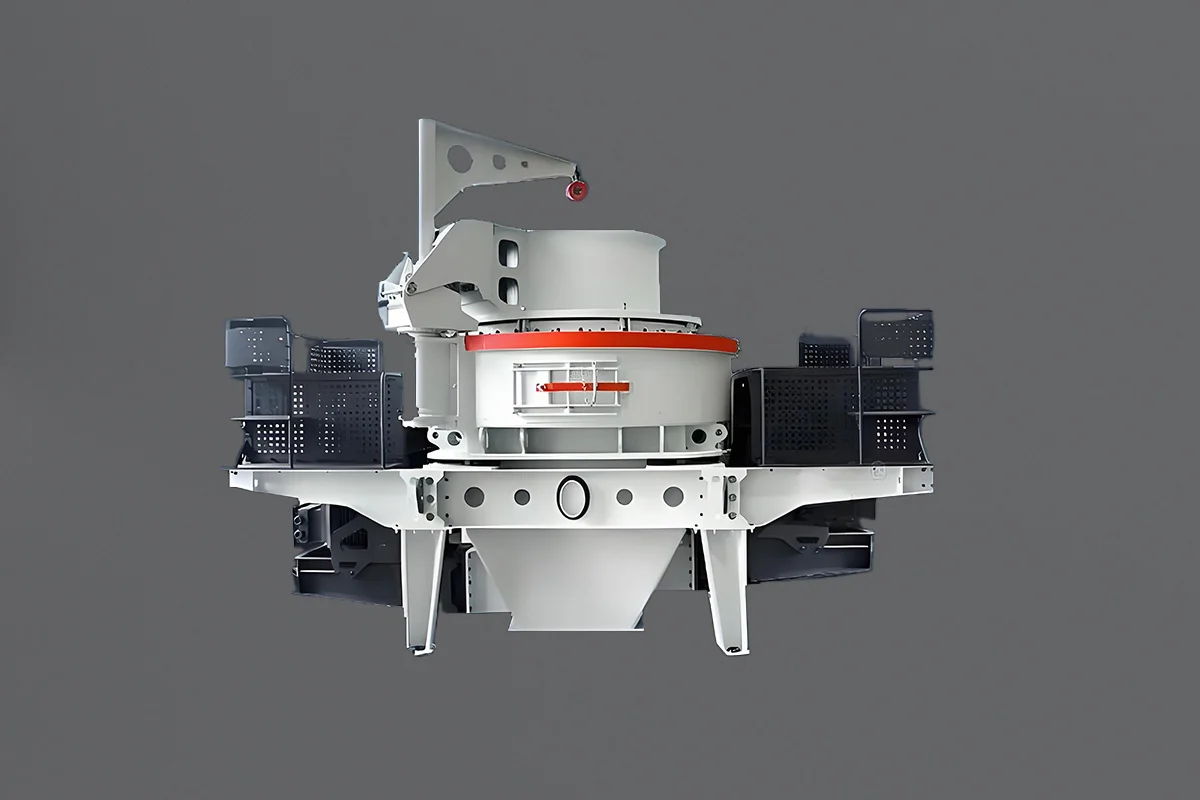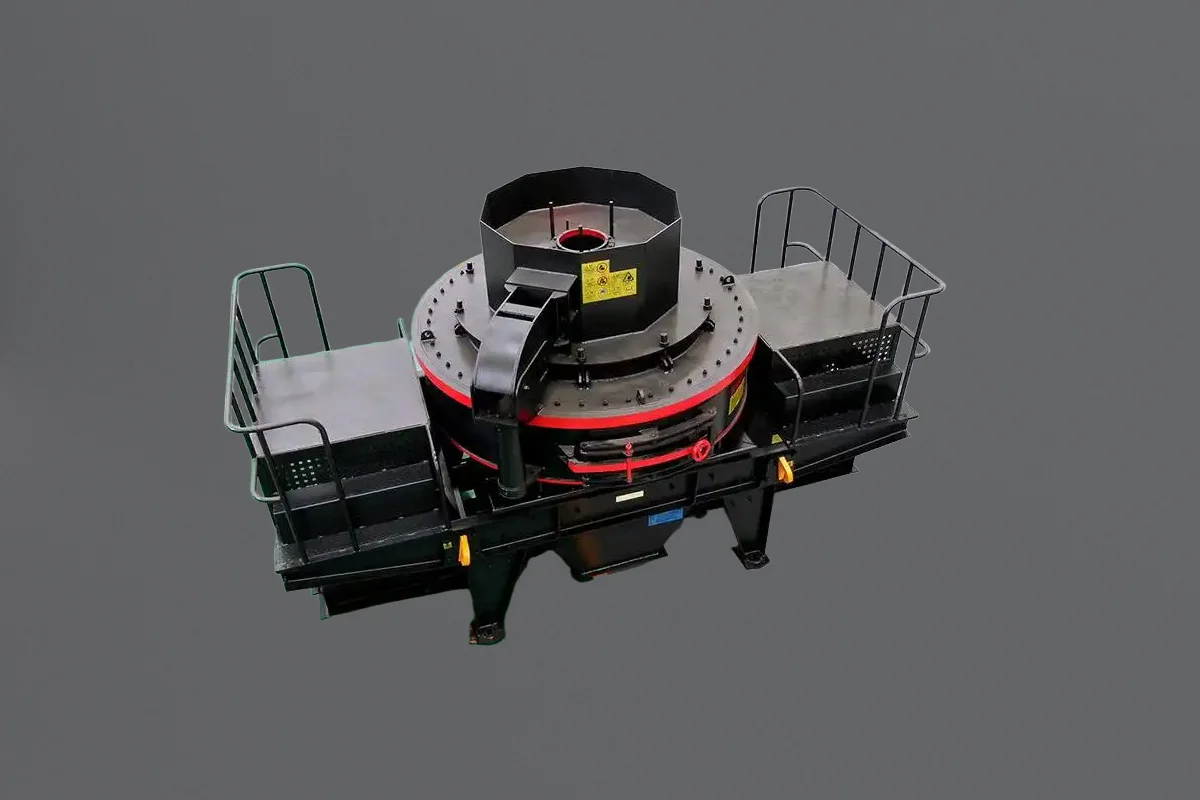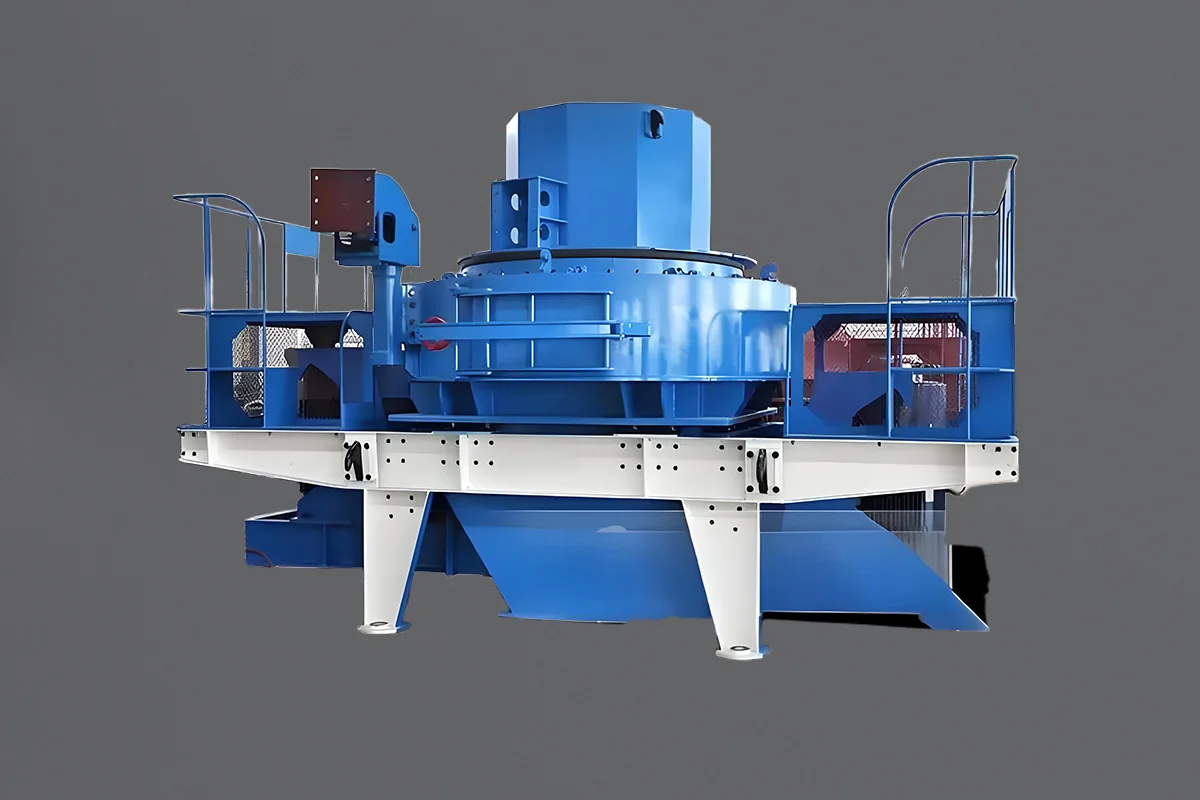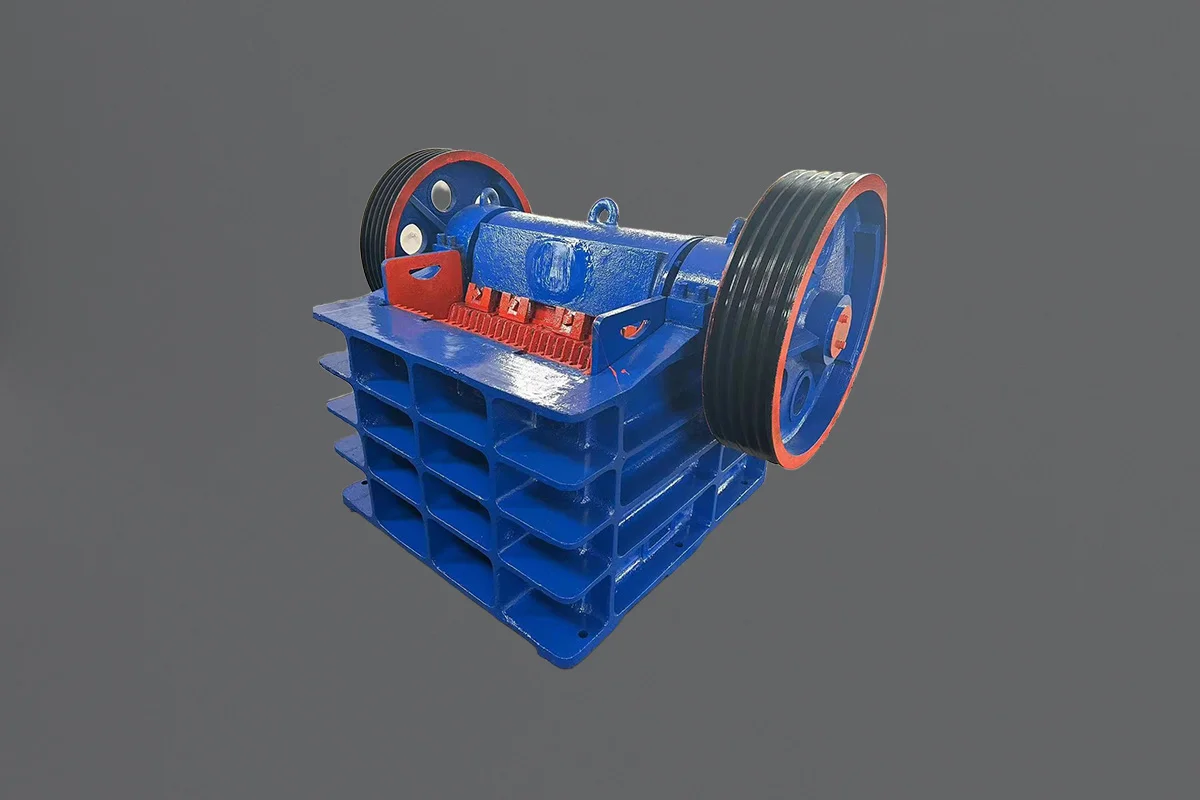Our customer, Qingyang Dolomite Mine, has two Metso NP series single-rotor impact crushers, one model NP1313 and the other NP1110. We have been providing this customer with replacement parts and machine repair services. In nearly 5 years of service, we have summarized some of the routine maintenance and troubleshooting experience for exchange and discussion.
Daily maintenance and maintenance
- The device should be carefully inspected before each startup. First, check whether the equipment body and control device are intact, and manually rotate the rotor to confirm no debris in the body. Check whether the bolts are loose and the abrasive parts are worn too much. Check the slip ring wear of the winding motor, the tension of the drive belt, etc. Identify problems and solve them in time.
- When starting up, it should be started following the starting sequence of the crushing system equipment. When stopping, it should also be stopped by the specified stopping order.
- In the crusher’s regular operation, the lubrication system’s working condition should be checked frequently. Add lubricating oil regularly and replace lubricating oil regularly. The temperature of the rotor bearing should not exceed 60 ° C, and the maximum should not exceed 75 ° C (the hand can stay on the bearing seat for about 5s is normal). If the temperature rise exceeds the limit, stop the car immediately and take effective measures to deal with it. The bearing seat should be refueled every 100 hours or 2 weeks. When refueling, use the manual grease gun to fill the oil nozzle above the bearing seat. The old grease overflow under the bearing seat determines the amount of filling.
- The crusher’s feed should be uniform, and it is necessary to prevent more than the specified large and non-broken materials from entering the body. If an abnormal phenomenon (abnormal vibration and noise) is found, it should be stopped for inspection to find out the cause and eliminate the fault before it can be turned on.
- The crusher blow bars should be replaced in time after wear. When switching, the new plate hammer must be weighed and selected to ensure that the quality of the four plates is consistent and that the rotor is in static balance.
- Regularly check the wear of the protective side plates, impact plates, and bolts on the inner wall of the body. Those with severe wear should be replaced in time to prevent the side plates and impact plates from falling off and causing serious accidents.
- Regularly check the gap between the blow bars and impact plates, and adjust the discharge port in time. After adjustment, the rotor should be manually rotated first, and the rotor should have no friction and blocking phenomenon with other parts and rotate flexibly.
Selection and application of blow bar materials
The working conditions of impact crusher blow bars are poor, especially when crushing complex materials with high strength and high hardness; the strength and toughness of the material are required. Once the fracture occurs in the use process, it will inevitably cause shutdown and production and may also cause damage to the crusher in serious cases. There are mainly four kinds of blow bar materials:
- Manganese Steel. As the first generation of wear-resistant materials, high manganese steel has a history of more than 100 years, which is characterized by good toughness and work hardening under strong impact. Still, hardening ability is insufficient under weak impact conditions, and plastic deformation and early failure are easy.
- Alloy Steel. Alloy steel materials have high toughness, low cost, good wear resistance, and suitability. However, in practical applications, the wear resistance still can not meet the demand due to the small alloy reserves.
- Chrome Steel. Chromium steel wear resistance is good, with long service life, but the toughness is not enough; notch sensitivity is easy to fracture, especially in the late stage of use, when the thickness of the blow bar’s tendency to fracture is exacerbated, the large and medium-sized workpiece should not be selected.
- Metal Matrix Composites. This combination makes HSI blow bars very wear-resistant but, at the same time, very impact-resistant. With blow bars made of composites from the surface of ceramics, the working life can reach three to five times that of simple martensitic steel blow bars.
After comparison and selection, the customer’s two crushers used martensitic ceramic blow bars made by Qiming Casting, which have good wear resistance and will not produce fracture, to meet the production needs.
Common faults and analysis
The crusher cannot start.
Under normal circumstances, you should check whether the electrical control device is standard. When the electrical control device is normal, check whether the rotor safety pin is locked first, which will cause the rotor to be stuck, or if there is debris in the crusher stuck rotor. If the rotor is stuck, it is strictly prohibited to start and immediately clean the rotor to prevent the motor from blocking and burning due to the rotor being stuck.
There is noise during the crusher operation.
Once the crusher noise, according to the noise size, should be targeted inspection. When the noise is slight, check the operation of the bearings by auscultation and refuel or replace the bearings if they are abnormal; if the noise is too big, stop the machine immediately and open the machine to check the impact plate, the inner wall liner, and the hammer, etc. Observe whether the impact plate and the side liner fall off due to excessive wear or whether the hammer’s fixed plate is excessively worn out on both sides. Observe whether the inner wall liner and the impact plate are dislodged due to excessive wear and tear, due to excessive wear of the fixed plate on both sides of the hammer, resulting in rotor movement and body contact, or due to the gap between the hammer and the impact plate is too small, resulting in the plate hammer directly hit the impact plate. Similar situations should be resolved immediately to avoid further damage to the machine.
The discharge size of the crusher is too large.
During daily operation, if the crusher’s discharge particle size exceeds the discharge port’s set size, it is usually caused by the wear of the blow bars. The distance between the blow bars and impact plates should be immediately adjusted to the normal position. If the blow bar is worn too much, it should be adjusted 180° to continue using or replacing.
Crusher body vibration is more significant.
Under normal circumstances, the crushing machine has a slight vibration, but the vibration is too large. The inconsistent quality of the crusher blow bar may cause it. The body inspection blow bars should be opened and replaced with a blow bar of similar quality.
The Conclusion
The above is the author’s experience in the daily maintenance and repair of the Metso NP series impact crusher in production practice, as well as some insights on fault analysis and treatment, hoping to be helpful to personnel engaged in related work.



